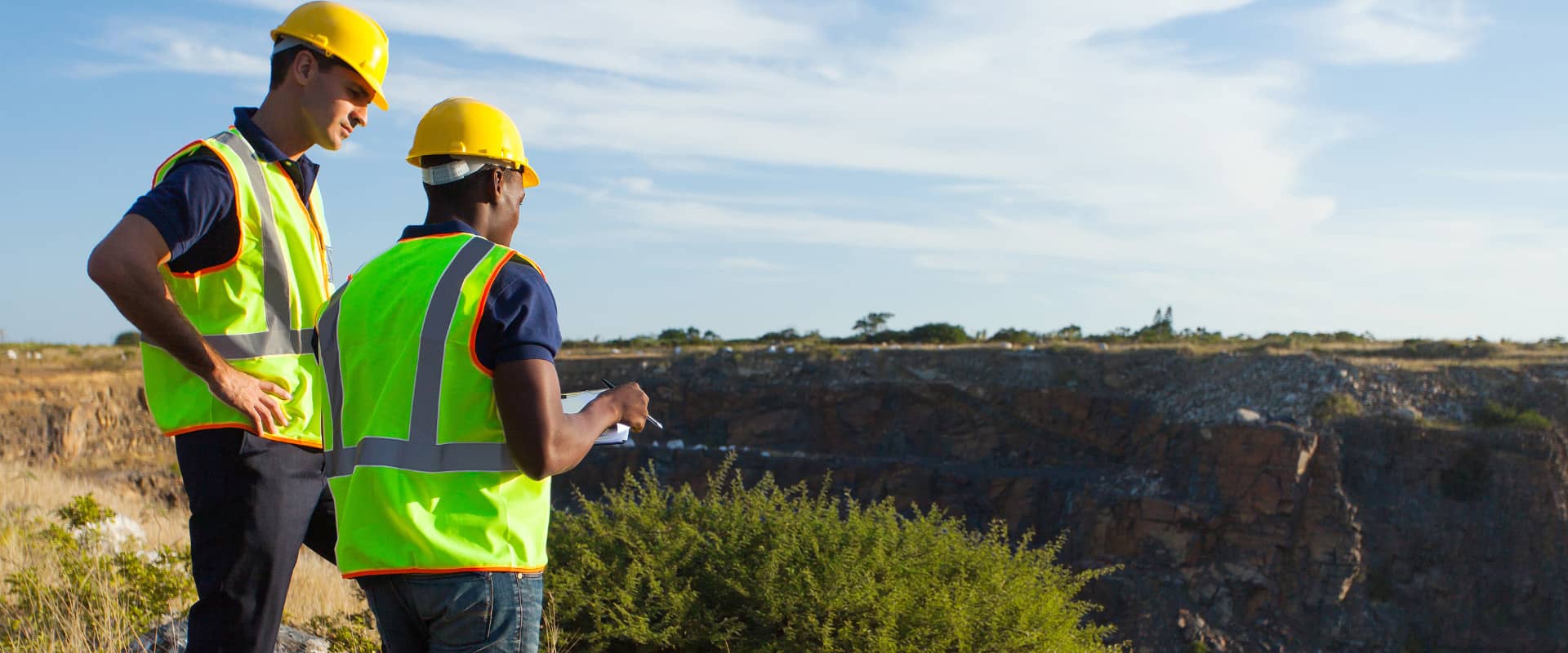
Australia has a rich mining history. Regulations concerning mine safety have been the responsibility of the states and territories, but many laws have often been influenced by common law passed on by the Commonwealth. For example, we have a “duty of care” doctrine, which decrees that everyone in a mine has the responsibility to maintain mine safety. One company that has helped provide safety to miners is Bend-tech. But first, here is a glimpse into our country’s mining history and some of the regulations that affect the mining industry.
Thumbnail History of Mining Safety Regulations in Australia
Australian mining legislation goes back to 1851. But legislation specific to safety was first introduced in Queensland in 1898. That was followed by the Mines Regulation Act of 1910. In 1921 a deadly explosion occurred in Queensland Mount Mulligan’s Mine. In response, Queensland passed the Coal Mining Act of 1925. Then in 1994, an explosion in another Queensland mine killed 11 men, prompting the Coal Mining Health and Safety Act of 1999. Indeed, catastrophes have often preceded the introduction of new mining legislation.
Northern Territory
The Northern Territory’s economy is driven largely by mining, so it has invested a lot in maintaining mine safety. The Northern Territory has its own set of regulations, the more overtly prescriptive of which are similar to the ones that prevail in the rest of Australia. Some of the mine dangers the Northern Territory cites include plant fires, uncontrolled ground movement, unstoppable release of gas, shaft sinking, and diminishing ventilation.
Tasmania
Workplace Standards Tasmania notes that recent laws amending the Workplace Health and Safety Amendment Act of 2010 and the Workplace Health and Safety Amendment Regulations of 2011 added new regulations pertaining to mine safety. Some of the main provisions require a health and safety management system to protect miners from accidents.
Queensland
In January of this year, changes were added to Queensland’s Coal Mining Health and Safety Regulation 2001. Some of the changes include increased coal miner health assessment requirements, stronger monitoring requirements for breathing dust, and increased screening for respiratory conditions.
Western Australia
In Western Australia, one main set of standards applies to mine safety: the Mines Safety Inspection Regulation of 1995. It covers both metal and coal mining. Its prescriptive laws reflect the period in which it was crafted. The regulations are similar to those in Queensland. The Regulations of 1995 cover things like radiation safety, railroad operations, and dredging – digging earth with a shovel-like object called a dredge.
Victoria
Many of the mining dangers listed in Victoria’s mining regulations include toxic gases, falls from high places, fires, and handling poisonous materials. Some of Victoria’s safety management system requirements include:
• They must be accessible and understandable at all times
• They must establish performance standards
New South Wales
In New South Wales subsidence, spontaneous combustion, meandering systems, mine shafts, and flooding are some of the identified mining dangers.
South Australia
South Australia’s health and safety mining regulations are in line with the other states, territories and the Commonwealth. Its set of standards, called the Work Health and Safety Act of 2012, establishes health and safety laws, including the duty to protect miners from exposure to work-related hazards.
Bend-tech Group has introduced a line of engineering solutions and safety systems that go unsurpassed anywhere in Australia. Its staff, made up of people with top notch industry experience, help make Bend-tech the leading company for mining safety supplies. For more information, please contact us.


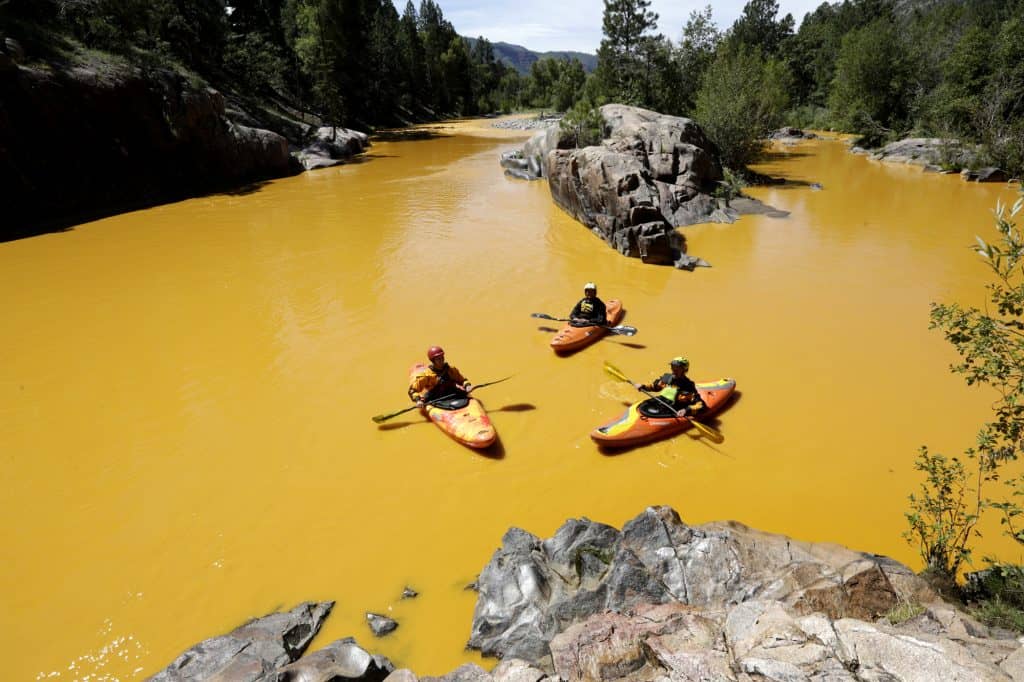
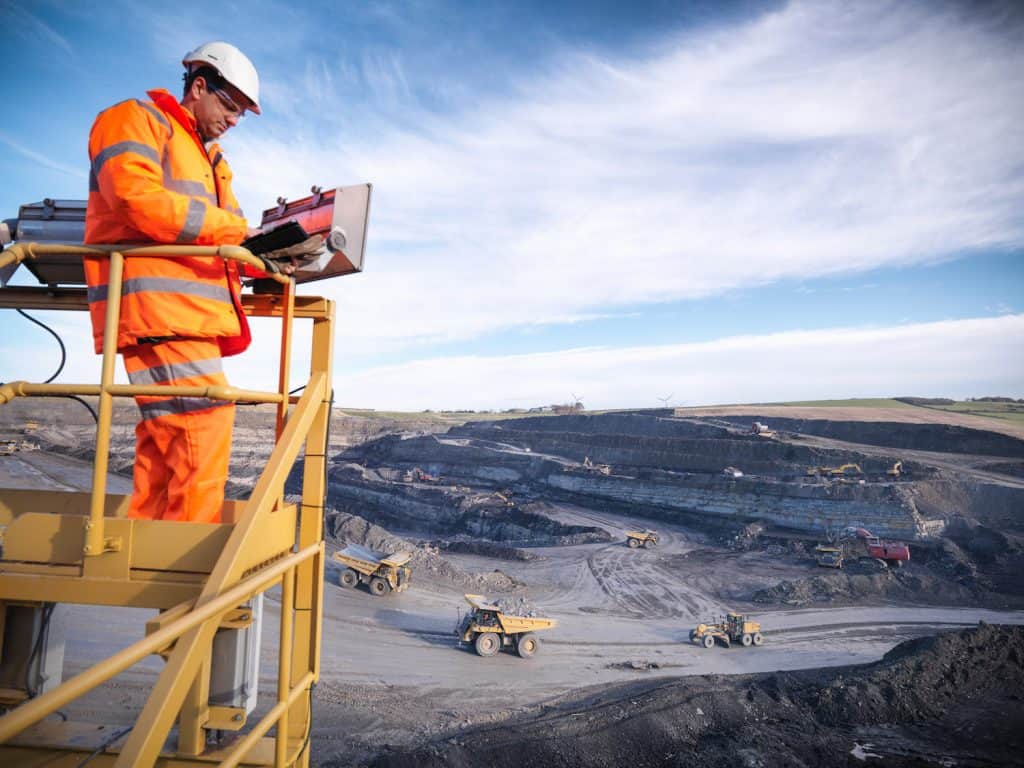
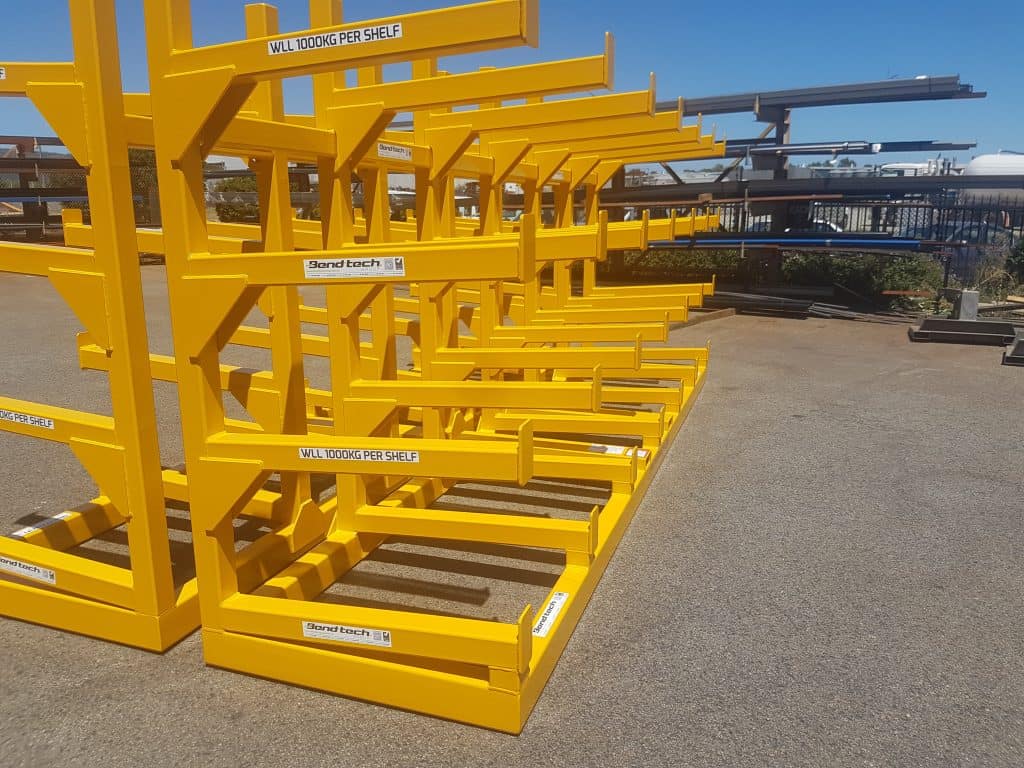
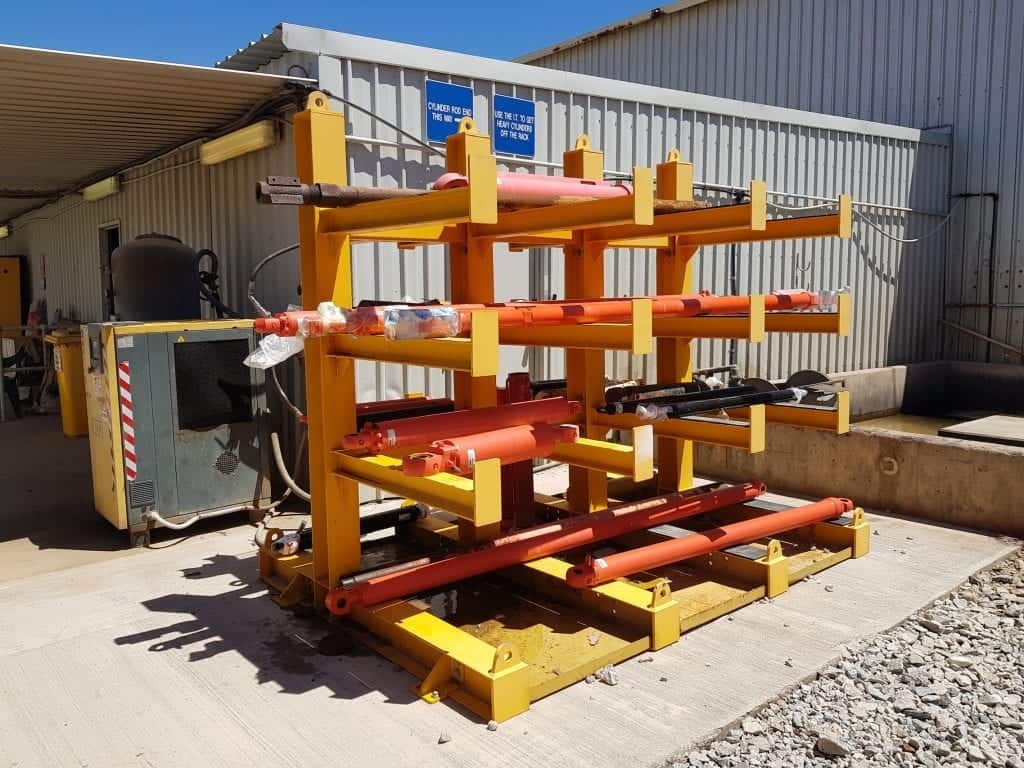
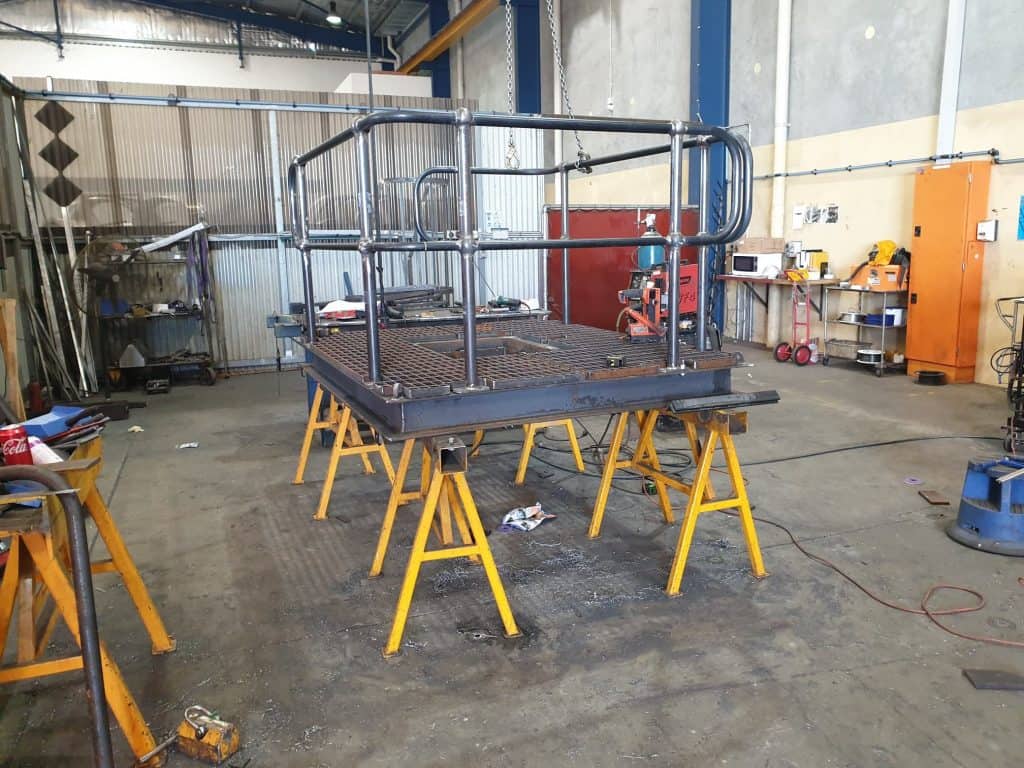
About The Author: Jesse Emia
More posts by Jesse Emia